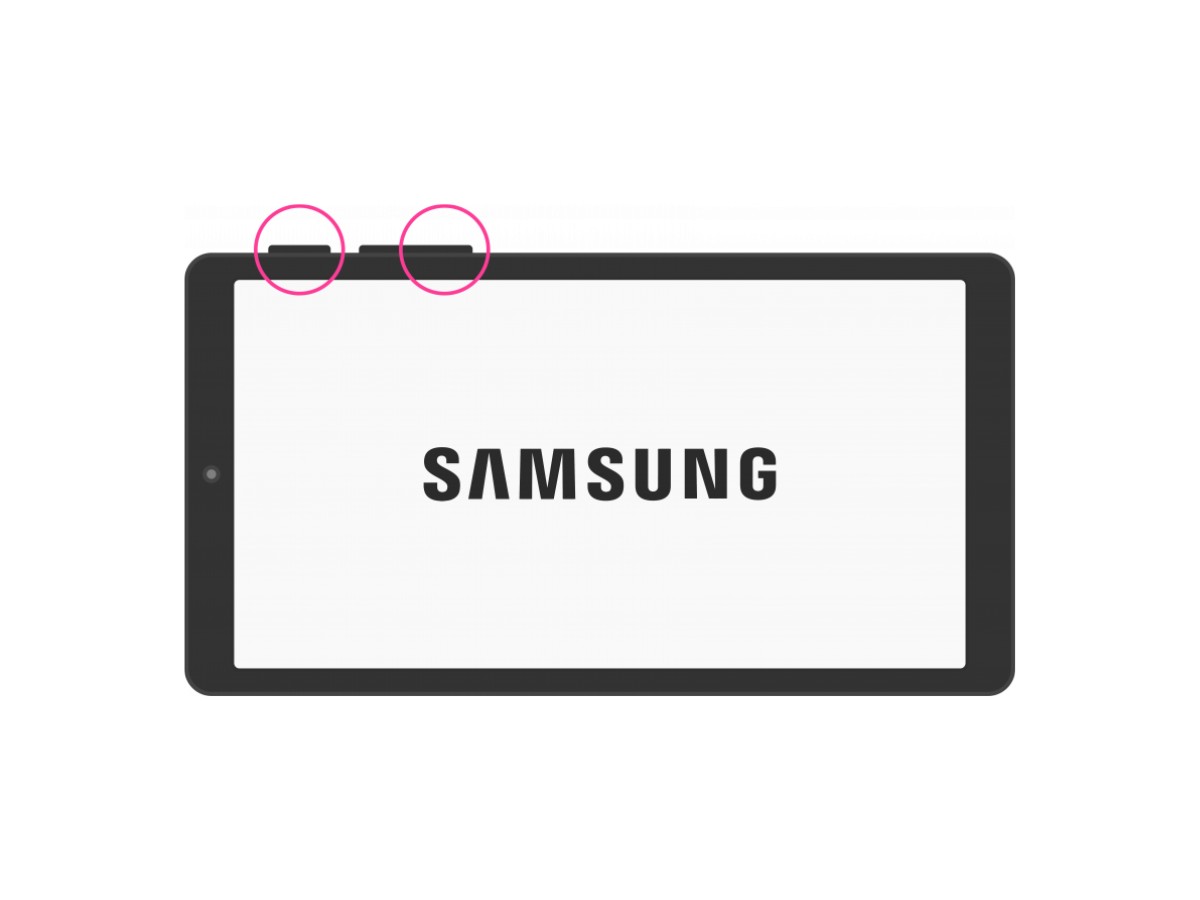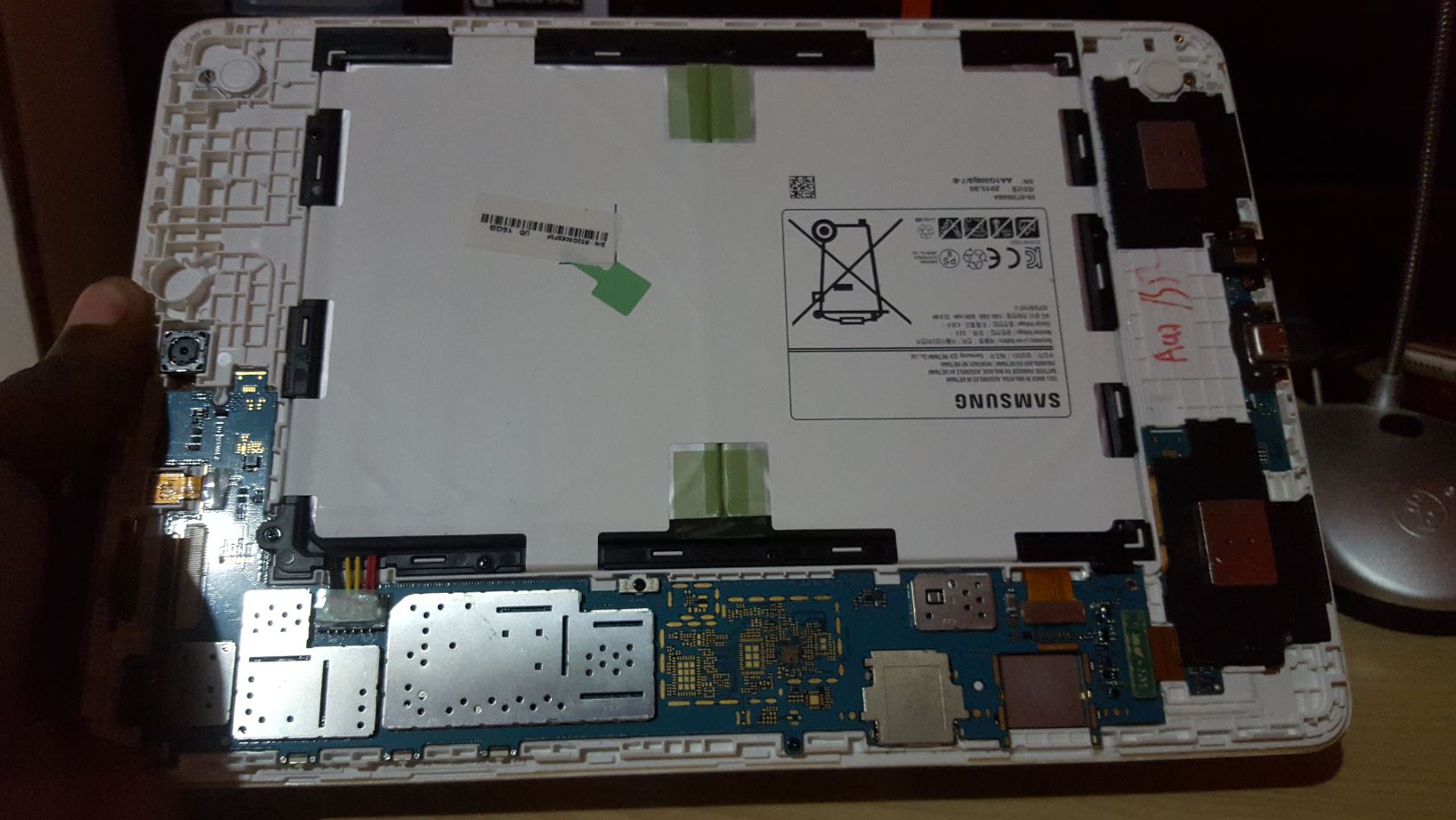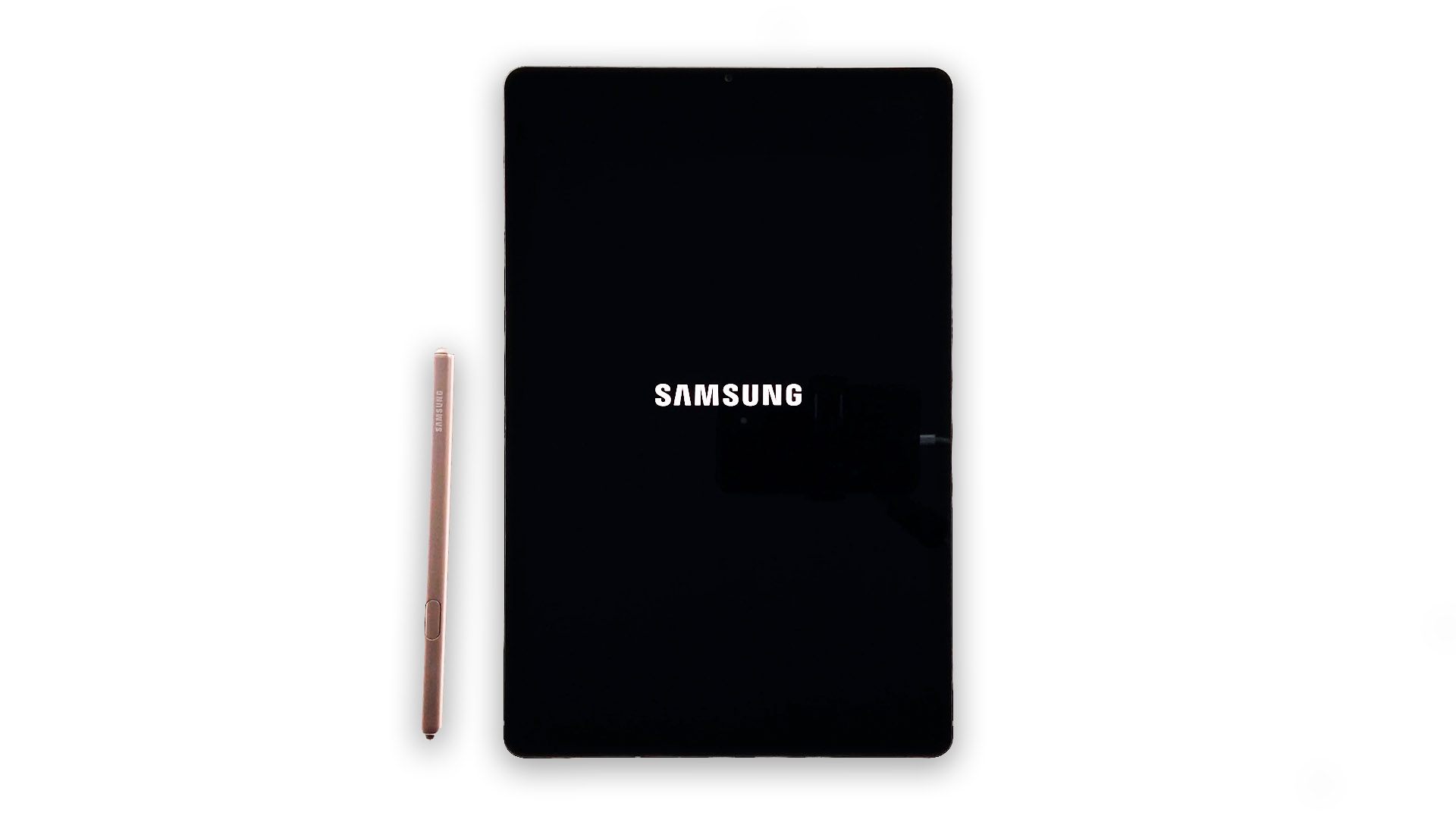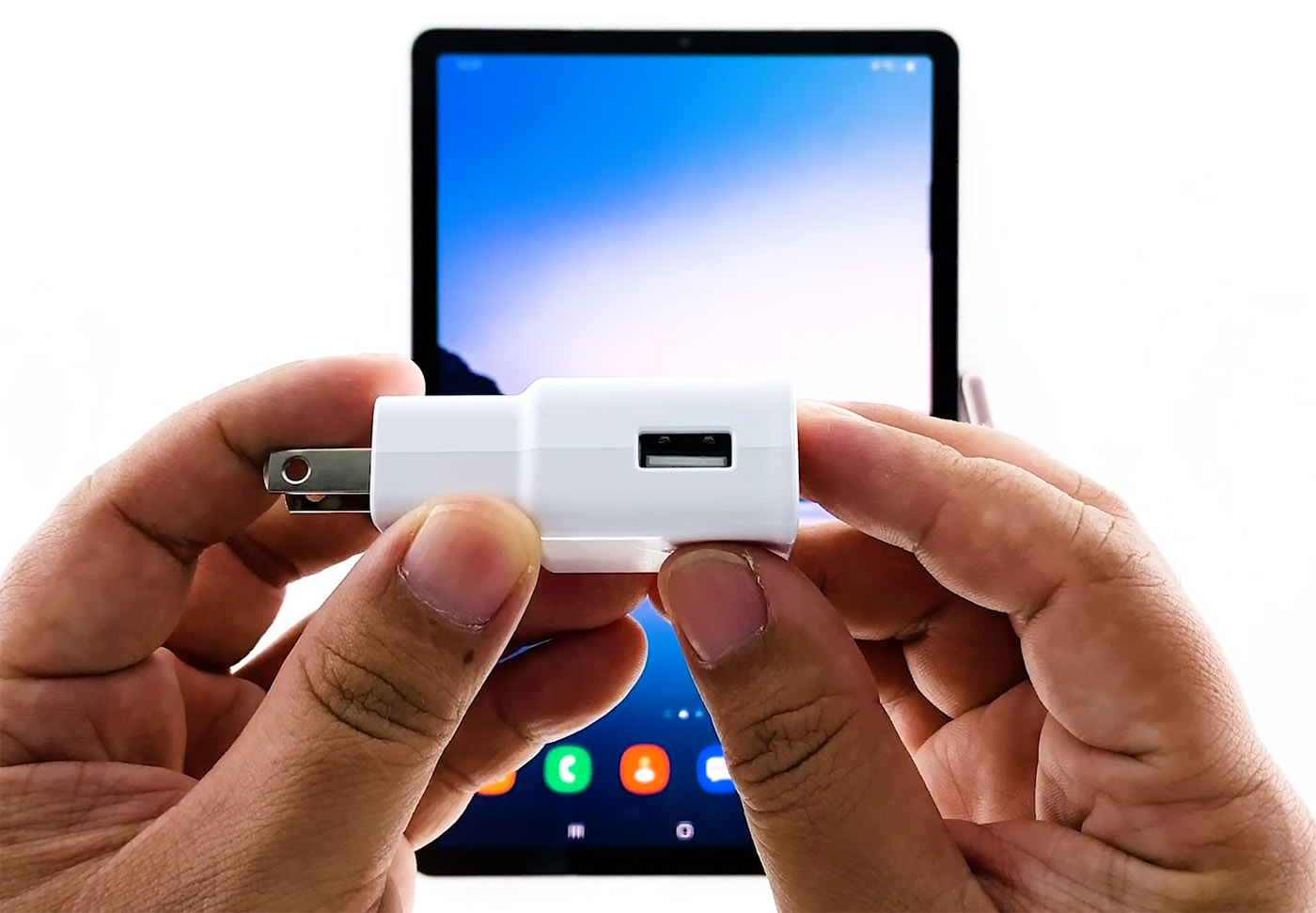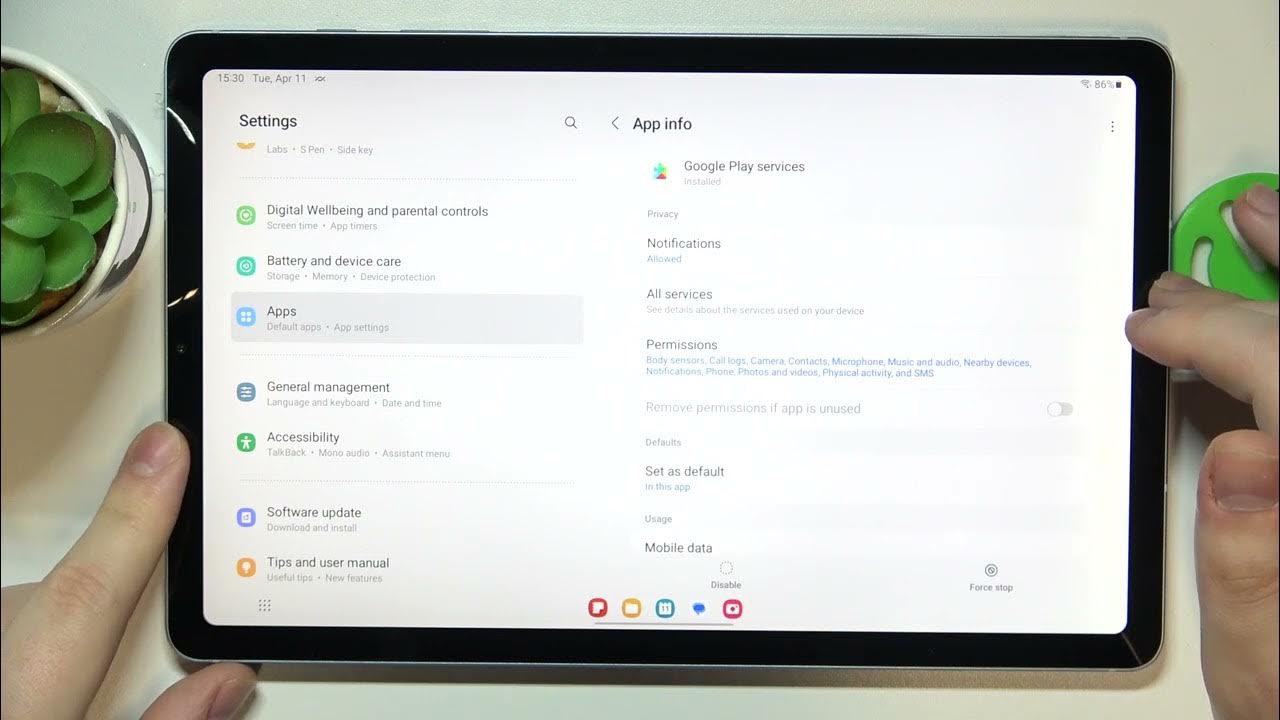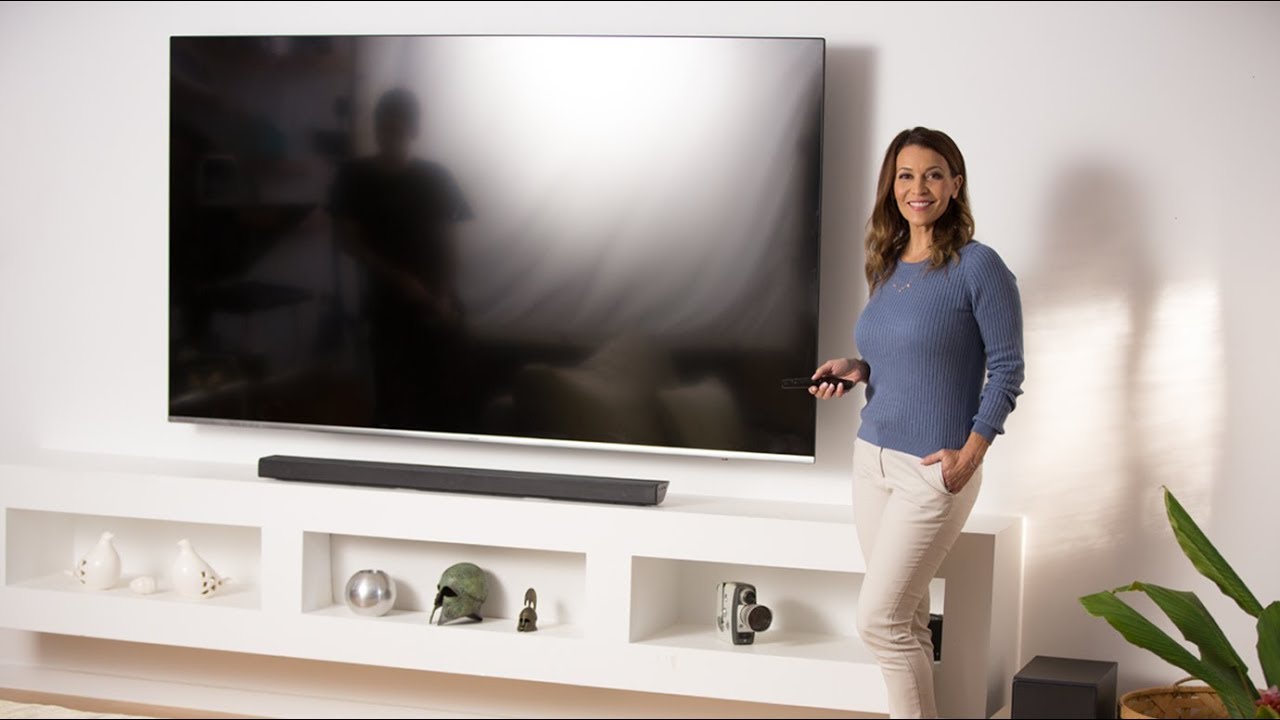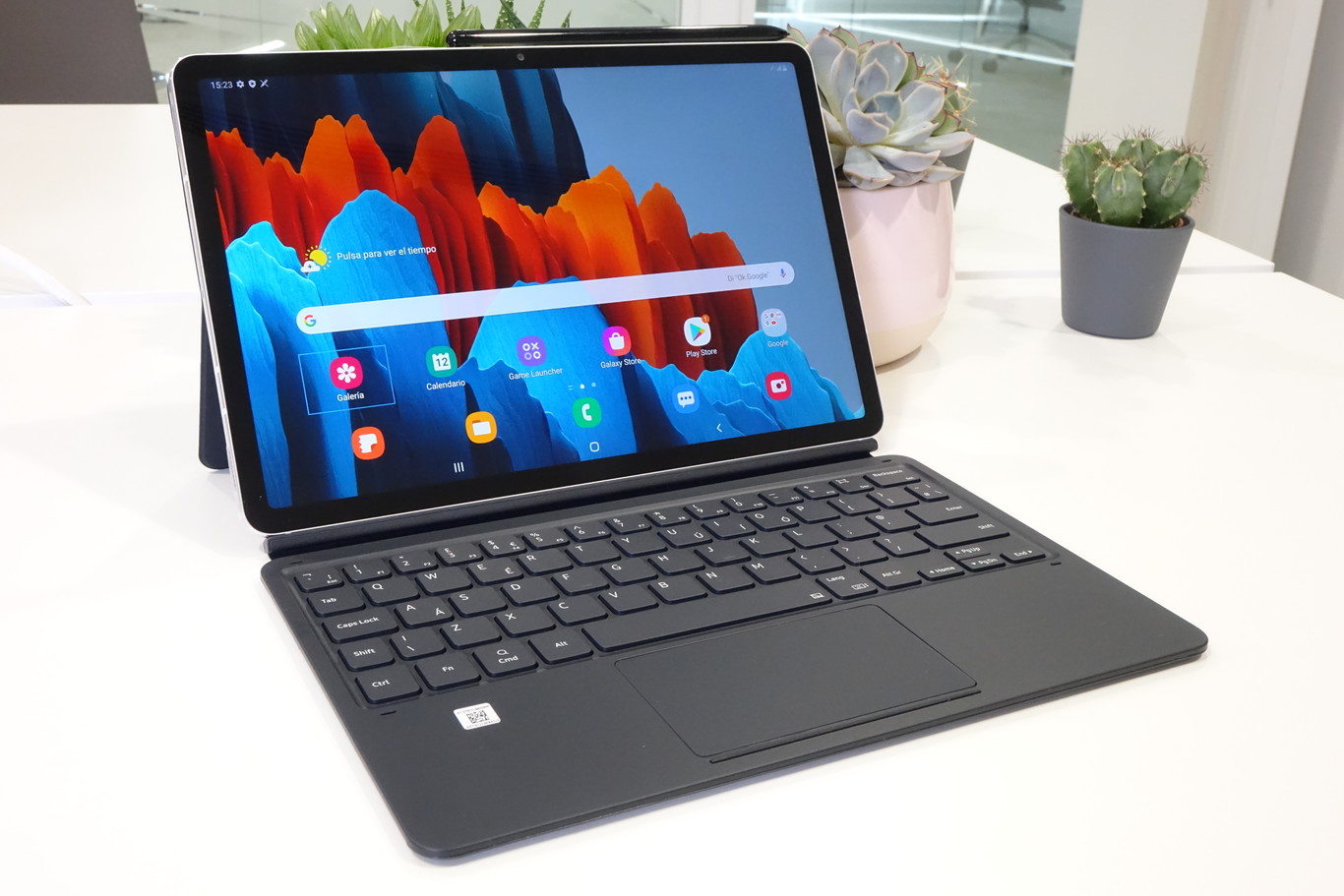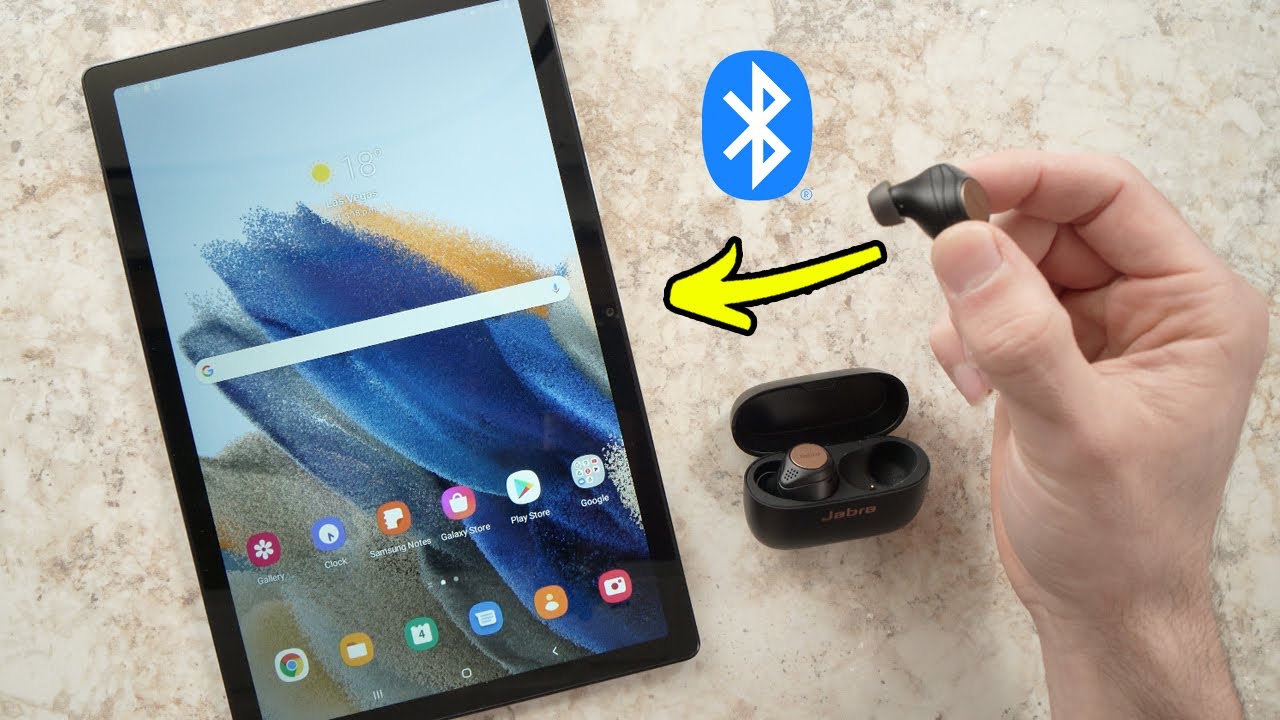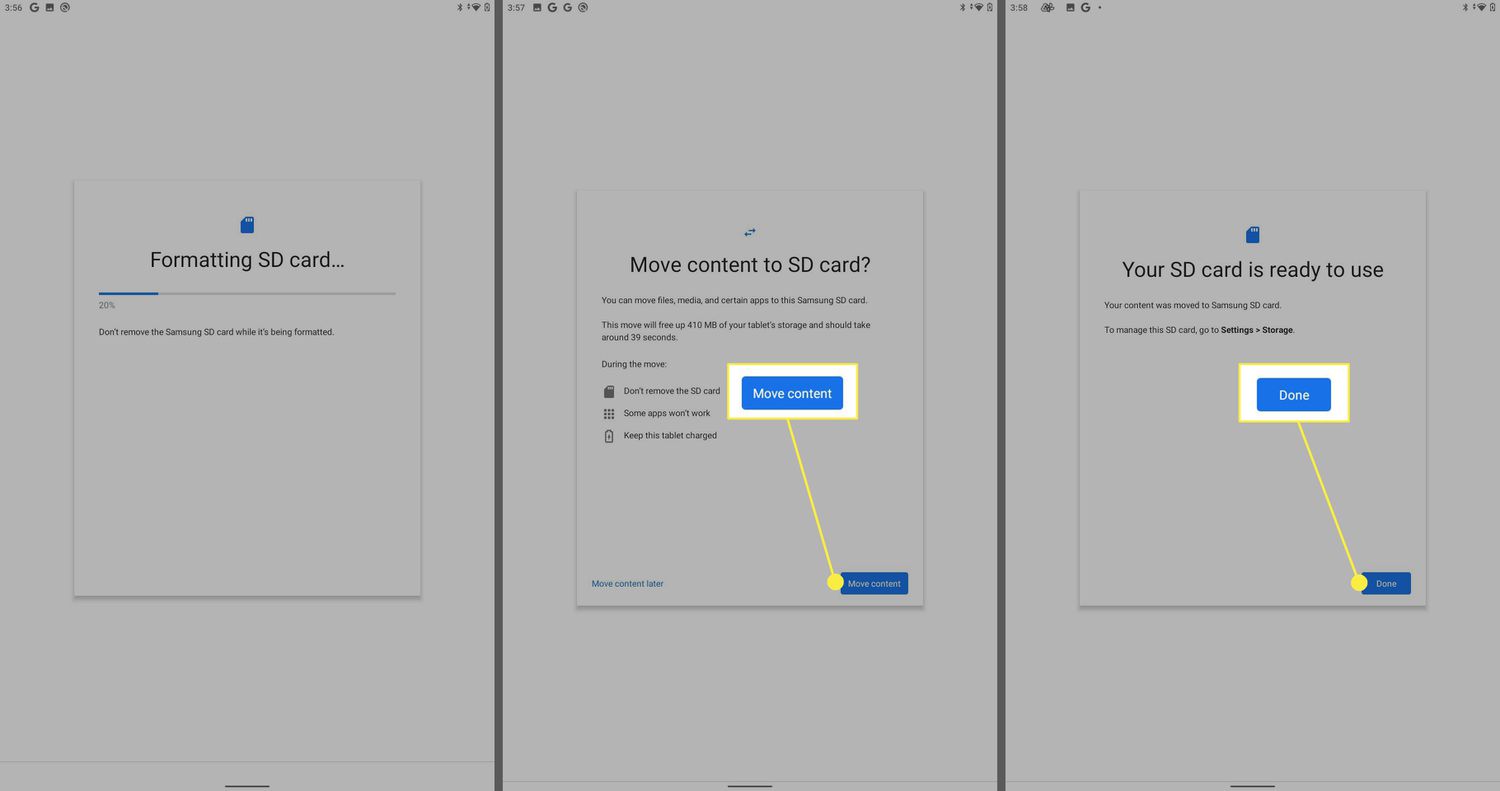Common reasons why your Samsung tablet won’t turn on
If your Samsung tablet refuses to power on, it can be frustrating and inconvenient. There are several common reasons why this issue may occur. Understanding these reasons can help you troubleshoot and resolve the problem. Here are some possible causes:
- Dead battery: One of the most common reasons why a Samsung tablet won’t turn on is a depleted battery. If your tablet hasn’t been charged in a while, the battery may be completely drained.
- Power source issues: Another possibility is that the power source or charger is faulty. Ensure that the charger is properly plugged in and that the electrical outlet you are using is working correctly.
- Software glitches: Sometimes, software issues can prevent your tablet from powering on. This can occur after a system update or due to a malfunctioning app.
- Hardware problems: Physical damage, such as a cracked screen or a faulty power button, can also prevent your tablet from turning on. Inspect your device for any visible signs of damage.
These are just a few common reasons why your Samsung tablet may not be turning on. Fortunately, there are troubleshooting steps you can take to resolve the issue. In the following sections, we will discuss some of these steps in detail.
Troubleshooting steps to fix a Samsung tablet that won’t turn on
When your Samsung tablet refuses to turn on, there are several troubleshooting steps you can take to resolve the issue. Here are some effective methods to get your tablet working again:
- Check the power source and charger: Ensure that the charger is plugged in correctly and that the power outlet is functioning. Try using a different charger or USB cable to eliminate any potential issues with the current one.
- Perform a hard reset: Sometimes, a hard reset can fix software glitches that prevent your tablet from turning on. To do this, press and hold the power button and the volume down button simultaneously for about 10-15 seconds until the device restarts.
- Check if the battery is properly inserted: If your tablet has a removable battery, make sure it is securely inserted. Remove the battery, wait for a few seconds, then reinsert it and try powering on the tablet.
- Charge for a sufficient amount of time: If your tablet’s battery is completely drained, it may take a few minutes of charging before the device powers on. Connect the charger and give it some time to charge before attempting to turn it on.
- Deal with a frozen or unresponsive tablet: If your tablet appears to be stuck or frozen on a specific screen, hold the power button and volume down button simultaneously for around 10 seconds to force a restart. This can help resolve any software issues that are causing the device to malfunction.
- Check for signs of physical damage: Carefully inspect your tablet for any visible signs of damage, such as cracks, water damage, or loose connections. If you notice any physical damage, it may be necessary to seek professional assistance.
By following these troubleshooting steps, you should be able to resolve most issues that prevent your Samsung tablet from turning on. If none of these steps work, it might be time to consider contacting Samsung support or taking your device to a professional technician for further assistance.
Checking the power source and charger
One of the first steps to take when your Samsung tablet won’t turn on is to check the power source and charger. Here are some key points to consider:
- Verify the charger connection: Make sure the charger is securely connected to both the tablet and the power source. Inspect the USB cable for any signs of damage or fraying.
- Try a different power outlet: If you’re using a wall socket, try plugging the charger into a different outlet. Sometimes, a faulty socket may not provide enough power to charge the tablet.
- Test a different charger: If the tablet still doesn’t turn on, try using a different charger that you know is working. It’s possible that the original charger is faulty or not providing enough power.
- Use a different USB cable: The USB cable that connects the charger to the tablet can also be a source of problems. Try using a different cable to see if that resolves the issue.
- Inspect the charging port: Examine the charging port on your tablet for any debris, lint, or damage. Sometimes, a blocked or damaged port can prevent the charger from making a proper connection. If you notice any debris, gently clean the port using a soft brush or compressed air.
By verifying the power source and charger, you can ensure that your tablet is receiving the correct power input. If these steps do not resolve the issue, it’s time to move on to other troubleshooting methods to get your Samsung tablet to turn on again.
Performing a hard reset on your Samsung tablet
If you’re facing issues with your Samsung tablet not turning on, performing a hard reset can often help resolve the problem. A hard reset is a process that forcefully restarts your device and clears temporary software glitches. Here’s how you can perform a hard reset on your Samsung tablet:
- Ensure your tablet is powered off: Make sure your tablet is completely powered off before attempting a hard reset.
- Press and hold the power and volume down buttons: Press and hold the power button and volume down button simultaneously for about 10-15 seconds. Continue holding the buttons even if the tablet vibrates or the Samsung logo appears.
- Release the buttons when the device restarts: Once the tablet restarts, release the power and volume down buttons. You may see the Samsung logo or the device may boot directly to the lock screen.
- Set up your tablet again: After performing a hard reset, you’ll need to go through the initial setup process as if you were turning on the tablet for the first time. Follow the on-screen instructions to complete the setup.
A hard reset can help resolve software issues that may be preventing your tablet from turning on. This method is especially effective if your tablet appears to be frozen, unresponsive, or stuck on a specific screen. However, keep in mind that performing a hard reset will erase all personal data and settings on your tablet, so it’s important to regularly back up your data to avoid permanent loss.
If the hard reset doesn’t resolve the issue and your tablet is still not turning on, it’s recommended to proceed with additional troubleshooting steps or contact Samsung support for further assistance.
Checking if the battery is properly inserted
If your Samsung tablet is not turning on, it’s possible that the battery is not properly inserted. Here’s what you can do to ensure that the battery is securely in place:
- Power off your tablet: Make sure your tablet is completely powered off before proceeding.
- Locate the battery compartment: Depending on your tablet model, the battery compartment may be located on the back of the device or may require removing a back panel.
- Inspect the battery: Carefully remove the battery from the compartment and check for any signs of damage, such as swollenness, leakage, or corrosion. If the battery appears damaged, it may need to be replaced.
- Reinsert the battery: If the battery is in good condition, carefully reinsert it into the battery compartment. Make sure it fits snugly and securely without any loose connections.
- Power on your tablet: Once the battery is properly inserted, power on your tablet and see if it turns on. If the issue persists, try performing a hard reset or proceed with further troubleshooting steps.
Ensuring that the battery is properly inserted is essential for your tablet to receive power and turn on. Sometimes, a loose or improperly inserted battery can cause the device to fail to power on. It’s important to handle the battery with care and follow the manufacturer’s instructions to avoid any damage.
If reinserting the battery doesn’t solve the problem and your tablet still refuses to turn on, consider charging the battery for an extended period or contacting Samsung support for further assistance.
The importance of charging your tablet for a sufficient amount of time
When your Samsung tablet won’t turn on, one possible reason is that the battery is not adequately charged. It’s essential to understand the importance of charging your tablet for a sufficient amount of time. Here’s why:
Battery level: Your tablet’s battery needs to have a minimum charge level to power on. If the battery is completely drained, it may take a few minutes of charging before the tablet can turn on. It’s recommended to charge the tablet for at least 15-30 minutes before attempting to power it on.
Battery health: Consistently charging your tablet fully helps maintain the overall health and longevity of the battery. Partial or insufficient charging can lead to decreased battery performance over time.
Operating system optimization: Charging your tablet for a sufficient amount of time allows the operating system to optimize its functions and ensure smooth performance. It also helps in running essential background tasks that are necessary for the tablet to function properly.
Preventing power-related issues: Adequate charging helps prevent power-related issues, such as sudden shutdowns or unexpected battery drainage. Keeping your tablet charged regularly ensures that it is ready for use when you need it.
Longevity of usage: Charging your tablet properly and maintaining sufficient battery levels can extend the overall usage time. It allows you to enjoy uninterrupted usage without having to frequently recharge or struggle with a tablet that won’t turn on.
To ensure that your tablet is charged for a sufficient amount of time, it’s a good practice to plug it into a reliable power source and use the original charger provided by the manufacturer. Avoid using third-party chargers or low-quality cables, as they may not provide the necessary power output or may even damage the battery.
Remember, when facing issues with your tablet not turning on, give it enough time to charge before assuming there is a deeper hardware or software problem. If the tablet still doesn’t power on after a reasonable charging period, you may need to explore other troubleshooting methods or seek professional assistance.
Dealing with a frozen or unresponsive tablet
Another issue you may encounter with your Samsung tablet is it becoming frozen or unresponsive. When your tablet is stuck on a specific screen or not responding to your touch, follow these steps to resolve the problem:
- Force a restart: Press and hold the power button and volume down button simultaneously for about 10 seconds or until the tablet restarts. This will force a restart and can often help unfreeze a frozen tablet.
- Clear app cache: If a specific app is causing your tablet to freeze, you can try clearing its cache. Go to Settings, select Apps or Applications, find the problematic app, and tap on Clear Cache. Restart your tablet to see if it fixes the issue.
- Uninstall problematic apps: If clearing the cache doesn’t work, uninstalling the offending app may be necessary. Go to Settings, select Apps or Applications, find the problematic app, and tap on Uninstall. Restart your tablet and observe if it remains frozen or unresponsive.
- Factory reset: If the above steps don’t solve the problem, performing a factory reset may be required. This will erase all data and reset your tablet to its original state. Remember to back up your important files before proceeding. You can perform a factory reset in the Settings menu under Backup & reset or using the hardware buttons specific to your tablet model.
- Get professional help: If your tablet continues to be frozen or unresponsive even after trying the above steps, it may be a more complex issue requiring professional assistance. Contact Samsung support or take your tablet to an authorized service center for further diagnosis and repair.
A frozen or unresponsive tablet can be frustrating, but there are various steps you can take to resolve the issue. Start with a simple restart, clear app cache, and uninstall problematic apps. If the problem persists, consider performing a factory reset, but remember to back up your data first. Lastly, if all else fails, don’t hesitate to seek professional help.
Checking for signs of physical damage
If your Samsung tablet won’t turn on, it’s essential to check for signs of physical damage that may be causing the issue. Here are some things to look for when inspecting your tablet:
- Cracked or damaged screen: Examine the screen for any cracks, scratches, or other visible damage. A cracked screen can affect the functionality of the tablet and prevent it from turning on.
- Water or liquid damage: Check for any signs of water or liquid damage, such as corrosion or discoloration. If your tablet has been exposed to moisture, it may cause internal damage and prevent it from powering on.
- Loose connections or ports: Inspect the charging port, headphone jack, and other ports for any loose connections or damage. Loose connections can prevent the tablet from receiving power or charging properly.
- Visible physical damage: Look for any visible signs of physical damage, such as dents, bends, or broken parts. Physical damage to the tablet can affect its internal components and prevent it from functioning correctly.
If you notice any of the above signs of physical damage, it’s crucial to take appropriate action to address the issue:
- Repair or replacement: If you find significant physical damage, such as a cracked screen or water damage, consider taking your tablet to an authorized service center for repairs or replacement.
- Contact Samsung support: If your tablet is still under warranty or if you have specific concerns about physical damage, reach out to Samsung support for guidance and assistance.
Checking for physical damage is an essential step in troubleshooting why your Samsung tablet won’t turn on. If you discover any physical damage, it’s best to seek professional help to ensure proper repair and functionality of your tablet.
Contacting Samsung support for further assistance
If you have exhausted all troubleshooting steps and your Samsung tablet still won’t turn on, it may be time to seek further assistance from Samsung support. Here’s what you can do:
- Visit the Samsung support website: Start by visiting the official Samsung support website. They have a wealth of resources, including FAQs, user manuals, and troubleshooting guides, which may help you find a solution to your problem.
- Contact Samsung support: If you’re unable to resolve the issue on your own, reach out to Samsung support for personalized assistance. You can contact them through phone, email, or live chat. Be prepared to provide details about your tablet, including the model number, serial number, and a description of the problem.
- Authorized service center: In some cases, Samsung may recommend visiting an authorized service center for further diagnosis and repair. They will be able to assess the situation and provide expert assistance to get your tablet back up and running.
Samsung support is typically available to assist customers with their products and offer solutions to various technical issues. They have a team of knowledgeable experts who can guide you through the troubleshooting process and provide further assistance based on your specific situation.
Keep in mind that if your tablet is still under warranty, contacting Samsung support is especially important. They can provide warranty-related services and ensure that your tablet is repaired or replaced if necessary, often free of charge. Be sure to have your warranty documentation or purchase details ready when reaching out to them.
Remember, contacting Samsung support is a valuable resource when dealing with a tablet that won’t turn on. They have the expertise and knowledge to help diagnose the problem and provide appropriate solutions to get your tablet back in working condition.







